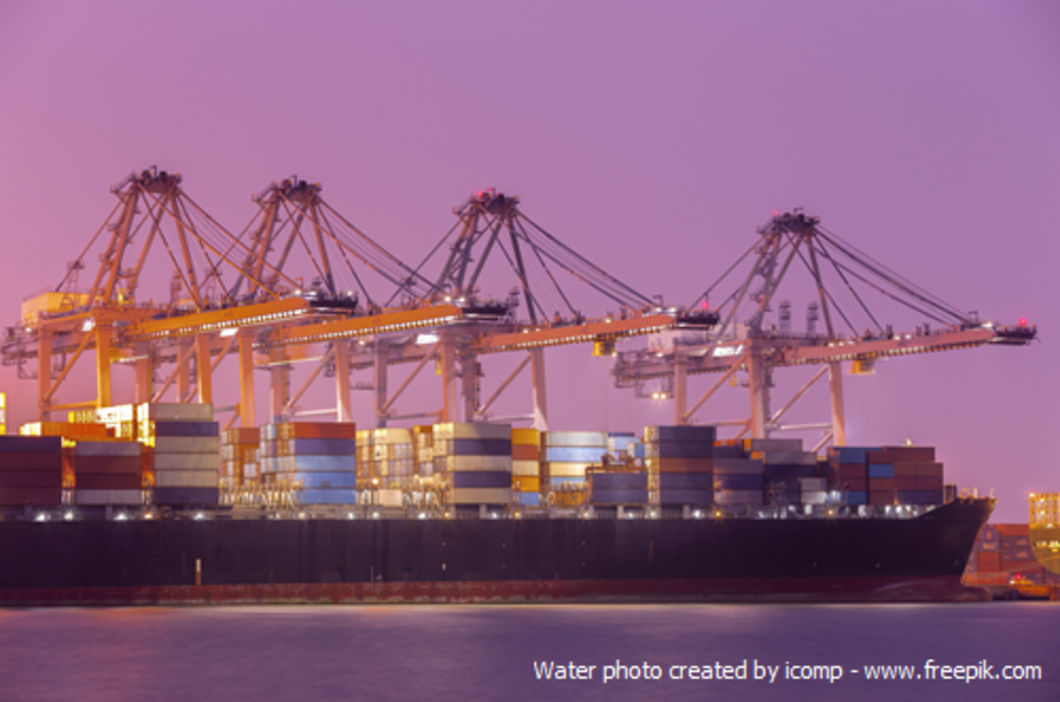https://www.thailand4.com/en/LSpq
By Fabio Tiviti, Senior Vice President & General Manager, ASEAN-India, Infor
In 2022, we find ourselves heading in to the third year of a global health crisis with unparalleled supply chain impact. Repercussions from severe supply and demand imbalances are being felt worldwide. The availability and increasing cost of labor, freight capacity, semiconductors, empty chassis and warehouse storage space will continue to be areas of uncertainty and concern in the coming new year.
With new waves of coronavirus infection appearing globally just in time for the holiday season, our social and economic futures can appear murkier than ever. Still, I believe we can see new supply chain patterns emerging from today’s global trade and shipping chaos. Here are three of those patterns that we will be contending with in the new year:
1) Container ship issues at major North American and Northern European ports will continue well in to 2023, because the current congestion and delays are not merely an ‘ocean’ shipping problem, but a global supply chain network problem. Issues with port labor, truck driver labor, warehouse unloading labor and both empty container and container chassis availability are all conspiring with increased inbound shipping volumes out of Asia (sparked by historically high consumer demand) to slow down the loading and unloading of ocean vessels and subsequent movement of goods out of ports to inland warehouse or deconsolidation locations.
2) To increase supply chain resilience as disruptions will continue to increase their pace and their impact scope, companies must prioritize first mile technology investments and collaborative logistics service provider relationships. Single-minded pursuit of lower costs will have to be replaced with new goals for holistic and multi-dimensional forms of visibility to things like freight capacity, supplier work-in-progress and financial health, modal hand-off points and shipment chain-of-custody progress, in addition to real-time visibility to inventory in transit. Resilience demands improved exception monitoring to support faster reaction times when issues arise within supplier networks or global shipping lanes. Success in delivering products the final mile to end customers is now clearly dependent on getting more control and increased flexibility in managing the first mile.
3) The following global supply chain trends we see today are likely to be longer-term:
– Higher ocean and air freight shipping costs will remain, even when current congestion and capacity constraints have settled into a new global equilibrium
– Traditional ‘peak season’ shipping markets will start earlier and run longer
– Freight contracts will increasingly run for shorter terms
– Shippers will continue expanded use of Non-Vessel-Operating Common Carriers (NVOCCs) and third-party logistics providers (3PLs) to secure more reliable freight capacity
– More shippers will share dynamic freight capacity forecast needs with their key carriers to improve overall freight network planning
– More shippers and consignees will be under pressure to improve their loading and unloading efficiency for trailers and containers in order to free up network freight capacity
– More C-level executives will be looking closely at global logistics and supply chain strategies, emphasizing reduced supply uncertainty in tandem with cost management to protect their production lines, the end customer experience and total business profitability.
Because uncertainty around pandemic-influenced supply and demand challenges has become “the new normal” for supply chain professionals, it is imperative to improve the technologies and supply chain management tools they work with daily. Broader and more flexible partner connectivity, the addition of more external data sources, and supply network intelligence that finally connects demand signals and stakeholders downstream with procurement and shipment planning activity upstream will help ensure businesses can move quickly, pivot nimbly, and are set up for future success.
Source: FAQ












